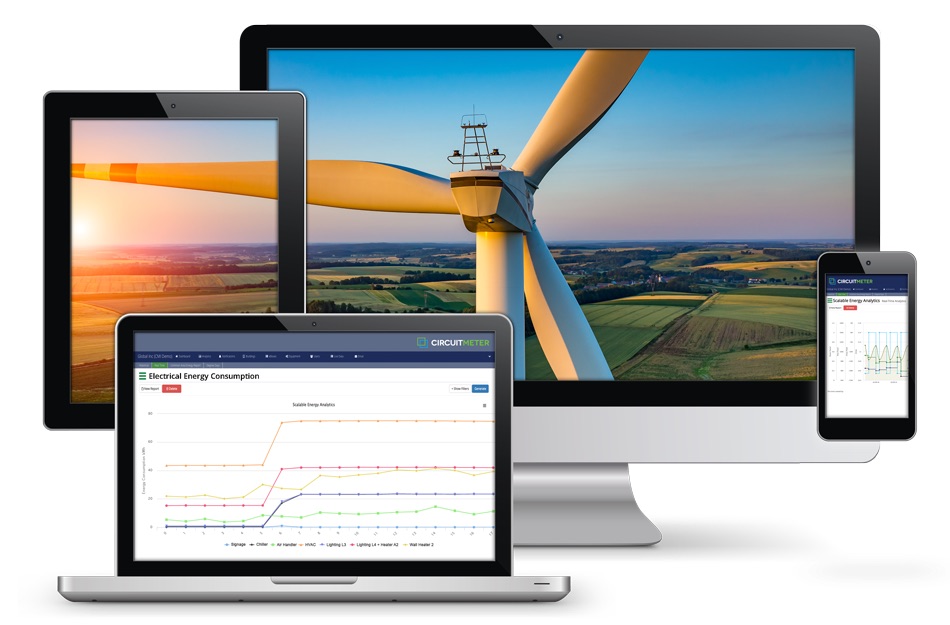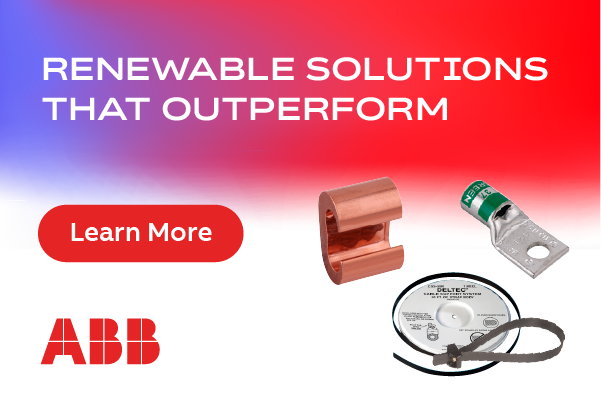Granular Real Time Data is the Key to Smarter Energy Management
Under the Paris Accord on Climate Change (COP21), member states around the globe pledged to reduce their greenhouse gas emissions (GHGs) in an effort to reduce global warming. Canada, for instance, is currently committed to reducing emissions 30 percent below 2005 levels by 2030. Other countries have committed to similar GHG reductions by 2020 or 2030. In light of these commitments, multiple levels of government in numerous jurisdictions have already passed legislation to assist with carbon reduction targets.
In an effort to achieve these targets, policy makers and stakeholders are focused on both the clean generation of energy, and absolute reduction of energy used. Energy efficiency now has a seat at the policy table, and is seen as the lowest cost energy resource, and the cheapest option, to reduce greenhouse gas emissions (GHGs).
According to the U.S. Department of Energy, 30 percent of the energy used in commercial buildings is wasted, which results in not only billions of dollars lost, but also a significant contribution to greenhouse gas emissions that could have been avoided. There is growing need for advanced technologies that identify energy waste and inefficiencies.
The U.S. Department of Energy, for example, has taken a keen interest in improving the efficiency of American commercial, institutional and multifamily buildings, and industrial facilities. The goal of the Better Buildings Challenge is to improve the efficiency in these buildings by 20 percent over ten years. Over 300 leading organization have committed to the program, and over a thousand industrial facilities are partnering through the Better Plants Challenge. According to the program, voluntary participants in this challenge agree to:
- Conduct an energy efficiency assessment of their building portfolio and pledge an organization-wide energy savings goal.
- Take action by showcasing an energy efficiency project and implementing a plan to achieve lasting energy savings.
- Report results by sharing cost-effective approaches for saving energy and performance data that demonstrates the success.
Energy Information Management Systems and Real Time Energy Metering protocols are becoming the catalyst for achieving these energy efficiency improvements, both in the short and long term. Breakthrough technologies, which provide granular energy data at low cost in real time, open the door to smarter energy management, and assist in achieving carbon reduction goals. Through the use of advanced methods of data analytics to identify where and when waste is occurring, the energy management service industry will play a major role in determining which energy efficiency and carbon reduction initiatives to undertake first.

Submetering
As an energy data gathering tool for a facility's equipment and systems, submeters can improve a building's bottom line by giving greater visibility to its overall energy footprint. Circuit level submetering can measure the energy data from each and every load within a facility, straight from the circuit breaker or motor control center. Some of these advanced multi-circuit submetering systems process the energy data in real time, and send a full range of power data (such as volts, amps, power factor, etc.) through the internet to safe server locations, where it is integrated into real time energy management information systems (EMIS) and sophisticated energy analytics software platforms.
Granular data
The real value in submetering is the level of granularity of data that can be extracted. With advances in submetering technology, it is now economically feasible to measure at the individual circuit level, whether it is an individual piece of equipment or a small section of a building. The low cost submetering systems that exist in today's market provide facility owners access to the detailed data that give them real insight into operations and energy use. Facility owners and operators, whether they come from the public or private sector, can all benefit from this deeper insight. The 'gold' is in the details.
Real Time Energy Management (RTEM)
Pulling value from real-time information is key to an effective energy management system. Getting the relevant information, at both the machine and system-level, forms a data landscape that leads to detailed energy demand, usage analysis, and cost savings. With this information in hand, building owners and managers can make data-based decisions about building optimization, carbon reduction, and potential capital investments.
When a facility only uses the energy that's required, while lowering the associated carbon footprint, RTEM begins to make good business sense.
Big Data Analytics
Big data analytics is reshaping the energy metering industry by allowing companies to become "leaner" in an ever-competitive market, by trimming costs and using energy dollars efficiently. Big energy data that can be sliced and diced across an entire portfolio, or pinpoint electrical data down to an individual circuit, has a number of benefits, including identifying patterns of energy waste to better to use energy dollars, and monitoring energy consumption to increase productivity and lower operating costs.
Continuous Energy Audit for Net Zero
There is a growing trend toward carbon neutral or net zero buildings, and, eventually, net positive buildings. One of the latest projects in development is evolv1, located in Ontario's Waterloo Region. This building is being developed with a goal to be one of Canada's first multi-tenant buildings with a net positive energy output, and will be constructed in accordance with LEED Platinum principles. For new-age buildings such as evolv1, the need to balance generation with consumption is paramount in the emerging carbon neutral built environment.
Precise, ongoing measurement in net zero and net positive buildings is fundamental in striking a balance between generation and consumption of energy resources. Energy profiling at the individual piece of equipment or circuit level will provide the detailed data, both historic and real time, that will enable facility managers to optimize energy resources and minimize the investment in new generation equipment.
New Energy Efficiency Technologies will Drive Recognition of Cost and GHG Reduction Potential
Through energy profiling at the individual equipment and circuit level, organizations can begin to understand the value that can be created through changes in their operational strategies. It is only with this detailed energy analysis that enterprises can start to reduce their energy consumption and overall operating expenditures, while meeting more aggressive energy efficiency and carbon reduction goals. These benefits can be reaped across all sectors; from municipalities trying to determine which energy efficiency program to implement in public buildings with public funds, to private sector enterprises looking to optimize operations, lower energy costs, and reduce their carbon footprint. Energy efficiency gains can only be achieved through measurement and continuous monitoring, leading to smarter energy management for 2030 and beyond.
 Kelly Reiser is V.P. of Sales at N.A. CircuitMeter Inc. He has over 25 years of experience in the controls industry, working with cutting edge technologies focused on optimizing efficiency in commercial and industrial applications. CircuitMeter Inc., a privately held Canadian firm, has developed ground-breaking electrical energy submetering hardware, integrated with Big Data and cloud based CircuitMonitoringâ„¢ enterprise software. The advanced energy analytics represents a major step forward in comparison with current practice and is designed to analyze real time, circuit level energy usage for large organizations and portfolio managers.
Kelly Reiser is V.P. of Sales at N.A. CircuitMeter Inc. He has over 25 years of experience in the controls industry, working with cutting edge technologies focused on optimizing efficiency in commercial and industrial applications. CircuitMeter Inc., a privately held Canadian firm, has developed ground-breaking electrical energy submetering hardware, integrated with Big Data and cloud based CircuitMonitoringâ„¢ enterprise software. The advanced energy analytics represents a major step forward in comparison with current practice and is designed to analyze real time, circuit level energy usage for large organizations and portfolio managers.
CircuitMeter | www.circuitmeter.com
Volume: 2017 May/June








